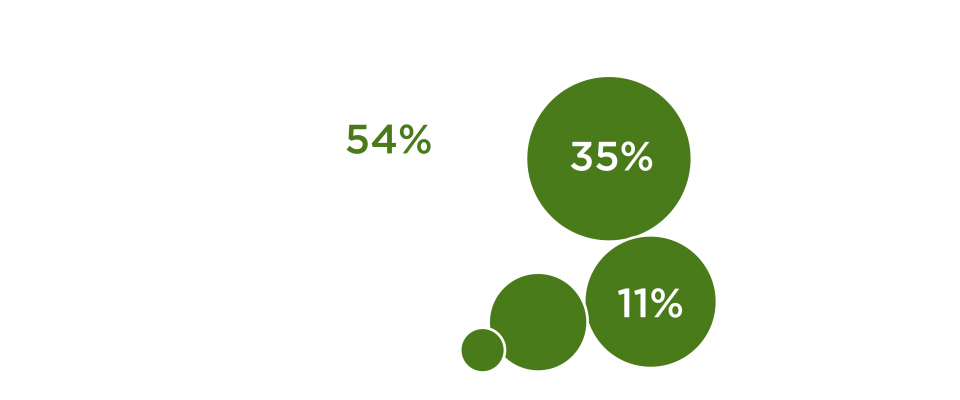Key finding
The road to realising the Paris Agreement is long

The link between the food sector and environmental impact is long established. Deforestation and land conversion, the overfishing of our oceans and food loss and waste are well-known consequences of our current production systems. Responsible for a quarter of human-produced GHG emissions globally, the agri-food sector alone is enough to put the Paris Agreement out of reach if not reduced. The sector also uses huge amounts of natural resources, including approximately half the world’s ice- and desert-free land and 70% of its fresh water.
Not on track with low-carbon goals
To combat climate change and accelerate the actions and investments needed for a sustainable low-carbon future, companies in the food sector urgently need to step up their efforts and bring their emissions and practices in line with the Paris Agreement. Although this agreement was adopted exactly five years ago, only half of the companies assessed disclose time-bound targets to reduce their scope 1 and 2 GHG emissions, of which only a quarter disclose time-bound targets that specifically cover also their scope 3 emissions.
Reducing water use is a clear priority
According to the World Bank, the agriculture sector currently accounts for roughly 70% of all freshwater withdrawals globally. Water requirements differ across food products, from high (such as beef and nuts) to relatively low (including fruits and vegetables). Future water demands, based on a projected increase in food production, will mean that as much as 25-40% of water will need to be reallocated from lower productivity uses to higher ones, particularly in water-stressed regions. Most companies across the food value chain are already looking into ways to reduce their water use, with 64% showing some form of commitment to this. However, only 25% also consider the role of their supply chains and their dependencies in water-stressed areas.
